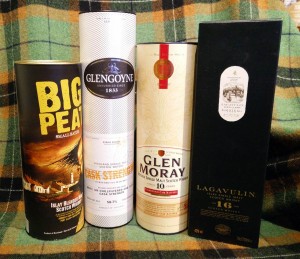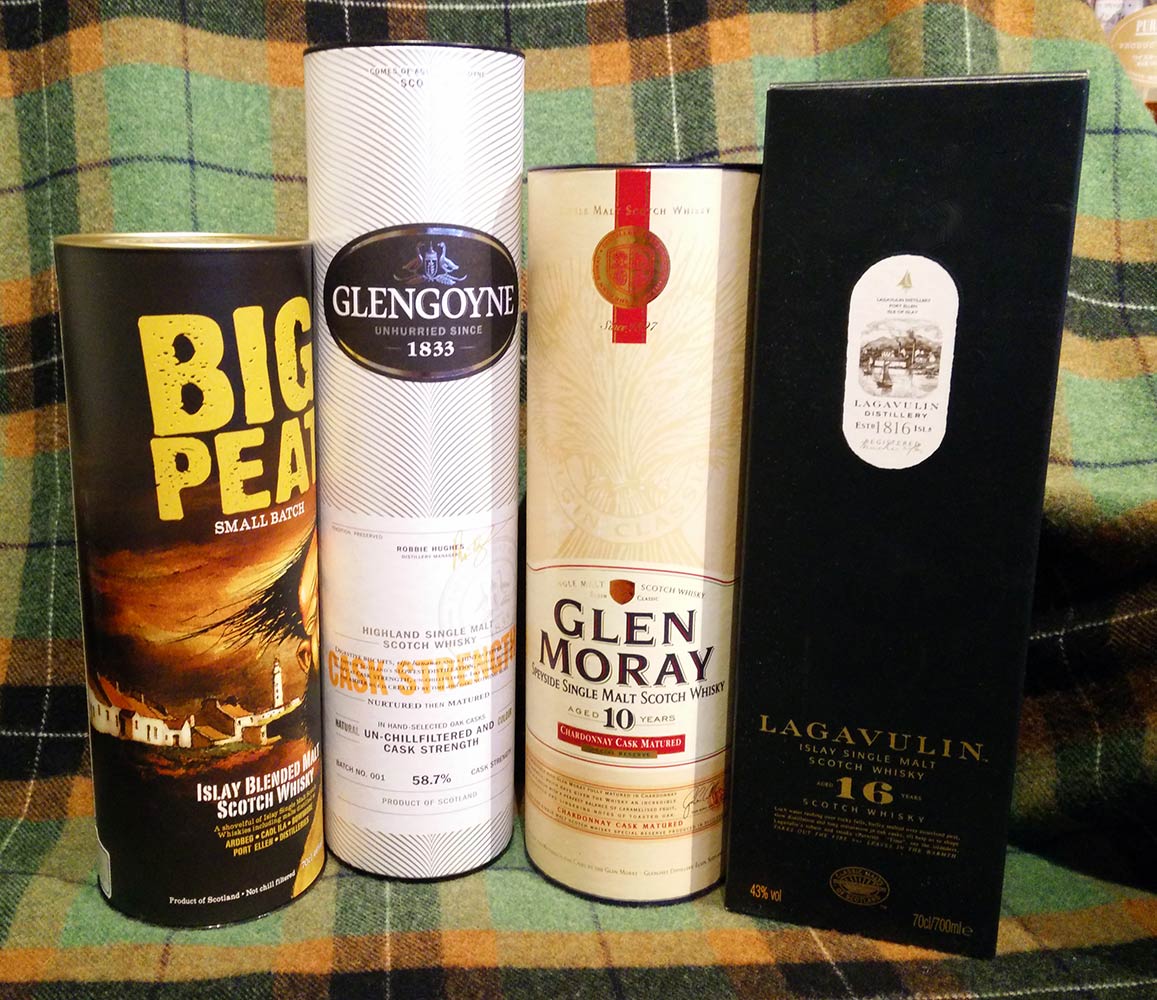
Which side of the “NAS vs. Age Statement” debate are you on? Do you boycot NAS whiskies? Do you buy everything you find tasty regardless of what it (doesn’t) say on the bottle? The heated arguments have been cooking for quite a while now and I’ve been meaning to write a blog post about this minefield for quite some time. I’m a bit late to the party, I know, but I really wanted to make a post painting the whole picture about the topic. In case you’re new to the scene: “NAS” stands for “no age statement” whiskies.
1. Why NAS Whiskies?
First and foremost: Whiskies without an age statement on the label are not a new thing. In the area of blended Scotch they make up the vast majority and have been on the market ever since the first Scotch was bottled (or sold by the barrel to the consumer in times long gone). As far as Single Malt Scotch Whiskies are concerned, we’ve had a long timespan now where almost every bottle carried an age statement and the marketing people wanted us to believe that older is better (and thus has to be oh so much more expensive). But there have been NAS whiskies long before the current flooding of the market. I’m thinking about Ardmore Traditional Cask, the Springbank/Longrow/Hazelburn C.V. mixed-vintage bottlings (now replaced by similarly good NAS bottlings) or Laphroaig Quarter Cask. These are just three examples of whiskies without an age statement that offer(ed) a quality product at an affordable price point and there are many more. Continue reading “NAS vs age statement whiskies – what it’s all about”


